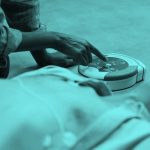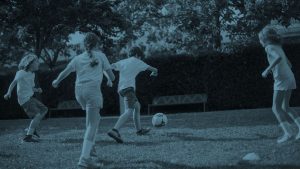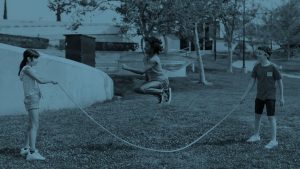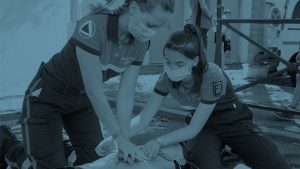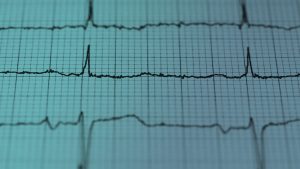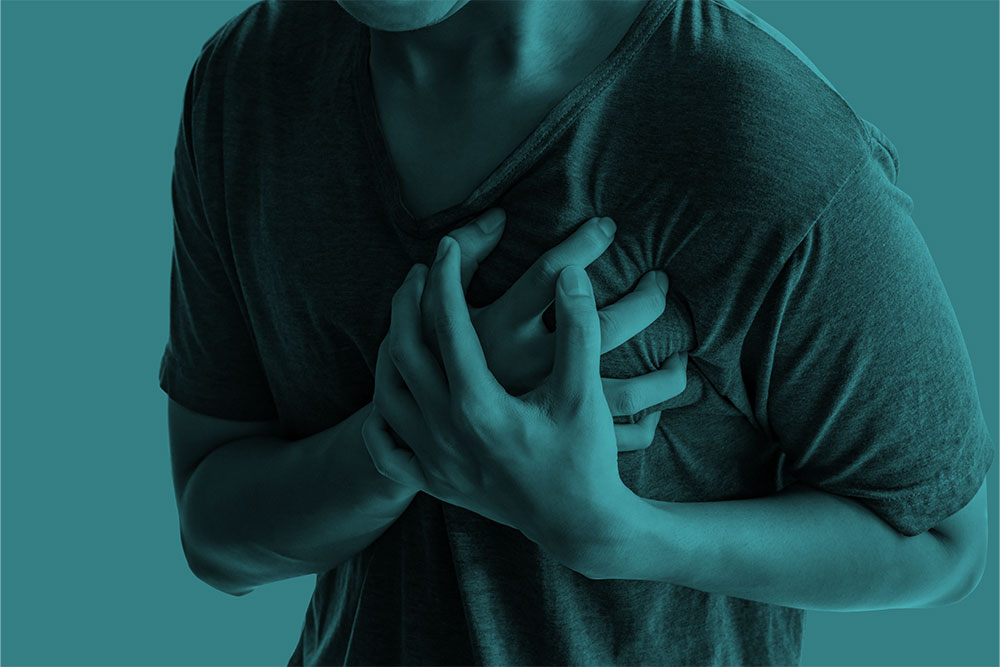
Socioeconomic factors and outcomes from exercise-related sudden cardiac arrest in high school student-athletes in the USA
It has been hypothesised that the minority student-athletes have a lower survival rate from sudden cardiac arrest (SCA) than non-minority student-athletes. The below study examined the relationship between high school indicators of socioeconomic status (SES) and survival in student-athletes with exercise-related Sudden Cardiac Arrest.
Methods
High school student-athletes in the USA with exercise-related SCA on school campuses were prospectively identified from 1 July 2014 to 30 June 2018 by the National Center for Catastrophic Sports Injury Research. High school indicators of SES included the following: median household and family income, proportion of students on free/reduced lunch and percent minority students. Resuscitation details included witnessed arrest, presence of an athletic trainer, bystander cardiopulmonary resuscitation and use of an on-site automated external defibrillator (AED). The primary outcome was survival to hospital discharge. Differences in survival were analysed using risk ratios (RR) and univariate general log-binomial regression models.
Conclusion
The study concluded that minority student-athletes with exercise-related SCA on high school campuses have lower survival rates than white non-Hispanic athletes, but this difference is not fully explained by SES markers of the school.
See link to full study below;


